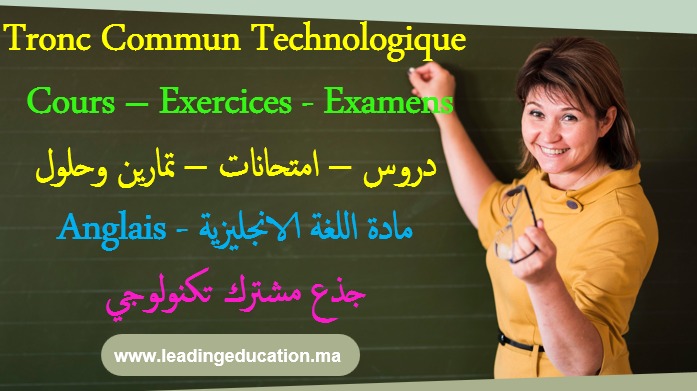Communication in Arts & Technology
Unit 7 – Common Core Technologies
Introduction to Artistic Communication
Effective communication in arts combines technical precision with creative expression. This unit explores how to present, critique, and document artistic work in technological contexts.
Visual Arts
Portfolios
Exhibition texts
Digital Media
Project documentation
UX narratives
Performing Arts
Program notes
Artist statements
1. Creating Effective Art Portfolios
Digital Portfolio Structure
- Homepage: Clear artist identity
- Project Gallery: High-quality visuals
- Case Studies: Process documentation
- About: Professional bio
- Contact: Easy access
Project Description Framework
Title: “Interactive Light Installation”
Medium: Arduino, LEDs, motion sensors
Concept: Exploration of human-space interaction
Process: Prototyping → Testing → Final implementation
Outcome: Exhibited at TechArt Festival 2023
Example: Artist Statement
“My work explores the intersection of traditional calligraphy and generative algorithms. Using custom Python scripts, I create dynamic compositions where ancient letterforms evolve in real-time based on audience input. This fusion honors heritage while embracing technological possibilities.”
– Aya Nakamura, Digital Calligrapher
2. Delivering Constructive Art Criticism
Critique Framework (DESC)
Describe: “I notice the color palette shifts abruptly at the 30-second mark”
Explain: “This creates visual discontinuity with the gradual animation style”
Suggest: “Consider smoother gradient transitions”
Conclude: “This would better maintain the meditative quality you established”
Feedback Do’s & Don’ts
| ✓ Be specific | ✗ “I don’t like it” |
| ✓ Reference objectives | ✗ Personal taste only |
| ✓ Suggest alternatives | ✗ Prescriptive commands |
Interactive Critique Activity
View this digital artwork: “Algorithmic Brushstrokes” by L. Zhang
Write a 100-word critique using DESC method:
3. Documenting Tech-Based Art
Installation Documentation
Technical Specifications:
- Software: TouchDesigner v2022.2
- Hardware: 4K laser projector, Kinect v2
- Space requirements: 6m × 6m darkened area
Maintenance: Daily calibration needed
Troubleshooting: Error codes reference sheet
Code Documentation
/* GENERATIVE PATTERN SYSTEM */
// Parameters:
let density = 0.7; // 0.1-1.0
let colorMode = “HSB”; // HSB/RGB
function setup() {
createCanvas(800, 800);
background(240);
}
Best practice: Comment all creative coding projects
Exhibition Label Example
“Neural Impressions” (2023)
Medium: AI-generated video (StyleGAN3), 4-channel sound
Dimensions: Variable, 8-12 minute loop
Concept: Explores machine perception of human emotions
4. Global Art Contexts
Cultural Considerations
Symbolism: Research local meanings
Color associations: Vary globally
Accessibility: Multilingual materials
Sensitivity: Historical contexts
Translation Techniques
Visual: Icons over text when possible
Glossary: Include art-specific terms
Localization: Adapt examples/references
QR codes: Link to translations
Case Study: International Exhibition
Challenge:
Interactive installation needed to communicate equally to Japanese, French, and Arabic speakers without text overload.
Solution:
Used universal gesture controls with color-coded instructional animations. Provided optional audio guides in 6 languages.
“Technology allowed us to transcend language barriers while maintaining artistic integrity” – Curator statement
5. Applied Practice
Portfolio Builder
Step 1: Select your art medium
Step 2: Draft a project description
Art Statement Generator
Create your artist statement using guided prompts:
Peer Review Activity
Upload your art documentation and receive feedback from classmates:
Drag files here or
Accepted: PDF, DOCX, MP4 (max 25MB)



